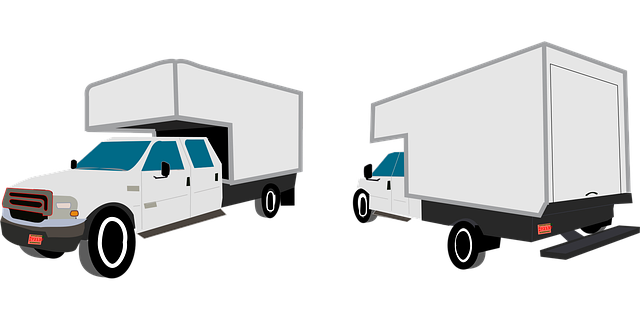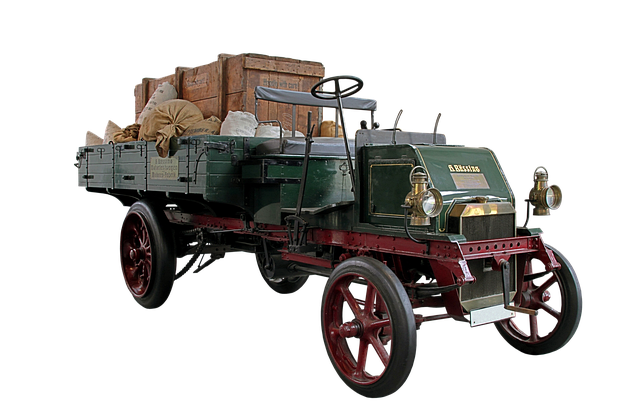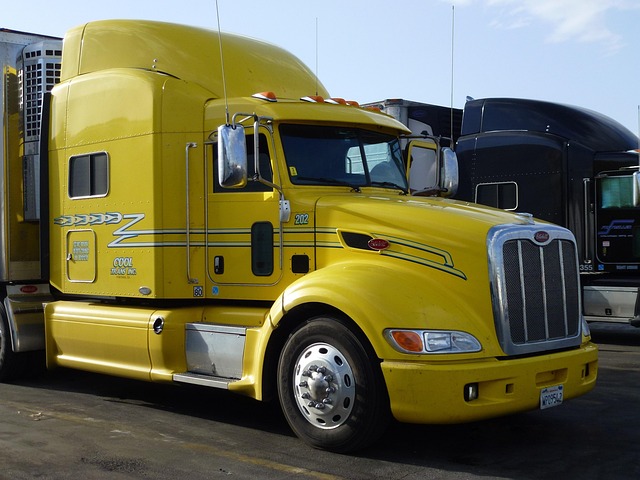Looking to register your car in California? This comprehensive guide will walk you through the entire process, from understanding the requirements to obtaining your registration certificate. First, grasp the California car registration process and necessary steps. Next, gather essential documents for VIN verification, as this is a crucial step. Learn how to perform a Vehicle Identification Number (VIN) check, submit applications, and pay fees accurately. By following these steps, you’ll be on your way to securing your vehicle’s registration in no time.
- Understanding the California Car Registration Process
- Gather Required Documents for Vin Verification
- Perform Vehicle Identification Number (VIN) Check
- Submit Applications and Pay Fees
- Receive Your Registration Certificate
Understanding the California Car Registration Process

Understanding the California Car Registration Process
Registering a car in California involves several steps designed to ensure vehicle safety and proper documentation. The process begins with a thorough inspection, known as vin verification, which checks the Vehicle Identification Number (VIN) for any discrepancies or theft reports. This step is crucial in protecting both consumers and law enforcement by maintaining accurate vehicle records. Once the VIN is verified, you’ll need to gather essential documents, including proof of ownership, current registration, and valid insurance.
A mobile vin verifier can facilitate this process by providing on-site inspections, saving time and effort. Alternatively, a vin inspection at a DMV office ensures an in-depth review of your vehicle’s history. Regardless of the method chosen, having accurate and up-to-date documentation is key to a smooth car registration experience in California.
Gather Required Documents for Vin Verification

Before registering your car in California, you’ll need to gather several key documents for a successful vin verification. This process ensures the accuracy of your vehicle’s identification number (VIN), which is crucial for legal registration and insurance purposes. One essential document is the Vehicle Registration Application form, which can be obtained from the California Department of Motor Vehicles (DMV). Additionally, you’ll require proof of ownership, typically a bill of sale or a previous registration certificate.
For convenience, many individuals opt for a mobile vin verifier or arrange a vin inspection with an authorized service. These services facilitate the verification process by providing on-site or mobile assessments, ensuring your car’s details align with its VIN record. Having these documents ready will streamline the registration process and help avoid potential delays when submitting your application at the DMV.
Perform Vehicle Identification Number (VIN) Check

Before registering your car in California, performing a Vehicle Identification Number (VIN) check is a crucial step. This involves verifying the VIN of the vehicle to ensure it matches the manufacturer’s records and that there are no outstanding issues or fraudulent activities associated with it. You can conduct this vin verification through various official channels, including mobile vin inspection services that offer convenient, on-site checks.
A mobile vin verifier or mobile vin verification service can be particularly handy for California residents. These services allow you to get a quick and accurate VIN check right from your location, whether at home, work, or even during a test drive. By utilizing these modern options, you streamline the registration process, ensuring a smoother transition to becoming a legal California vehicle owner.
Submit Applications and Pay Fees

After gathering all the necessary documents and ensuring your vehicle meets California’s requirements, it’s time to submit your applications and pay the required fees. The process typically involves completing two key steps: registering your vehicle with the California Department of Motor Vehicles (DMV) and conducting a VIN verification. For convenience, many residents opt for a mobile VIN verification or inspection service that can handle these tasks remotely. This not only saves time but also ensures accuracy in recording your vehicle’s information.
When submitting your applications, be sure to include all required forms, a valid driver’s license, proof of insurance, and the appropriate fee payments. The DMV will review your documentation and perform a VIN check to verify the vehicle’s authenticity and history. Once approved, you’ll receive your registration documents, officially making your car registered in California.
Receive Your Registration Certificate

After successfully completing the registration process, it’s crucial to receive your Registration Certificate. This document verifies that your vehicle is legally registered in California. Before taking to the road, ensure you have this certificate on hand. It serves as proof of ownership and insurance, and you may be asked to produce it by law enforcement or during transactions like selling your car.
One convenient way to obtain your registration certificate quickly is through a mobile vin inspection or mobile vin verifier service. These services allow for a swift and often same-day vin verification process right from the comfort of your home or business. Utilizing these mobile options can save you time and hassle, especially if you’ve recently purchased a vehicle and need to register it promptly.
Registering a car in California involves several straightforward steps, from understanding the process to submitting applications. Ensure you have all required documents ready for a smooth vin verification. Once approved, you’ll receive your registration certificate, marking the successful completion of the process. Remember to stay organized and follow these guidelines for a hassle-free experience.
